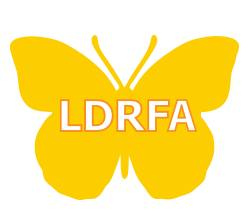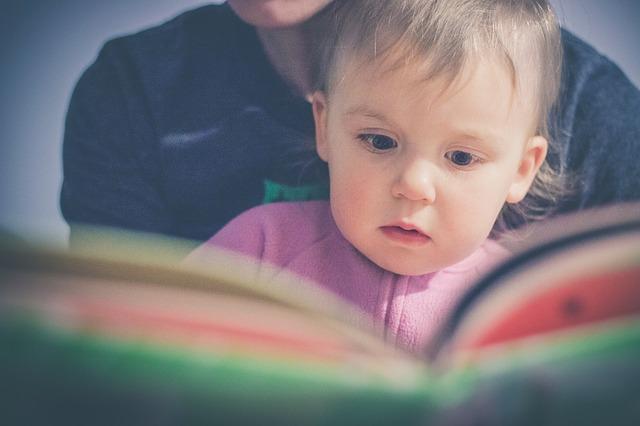By John Mark
Table of Contents
ToggleThe development of the reading process in children
A worried mother says, “There’s so much publicity about the best programs for teaching kids to read. But my daughter has a learning disability and really struggles with reading. Will those programs help her? I can’t bear to watch her to fall further behind.”(Source: http://www.readingrockets.org/article/effective-reading-interventions-kids-learning-disabilities )
The development of the reading process in children is more complex than what many of us realize. “Most children will learn to read, no matter what method is used to teach them. But unless they receive special help, at least 20 percent of them cannot master this simple task that the rest of us take for granted. Their difficulty is painfully obvious when they try to read out loud.” (Source: http://www.readingrockets.org/article/children-reading-disability)
This post will provide some valuable ideas about how children learn to read. These ideas are valuable to both populations: children who do not have a reading disorder as well as those who do. However, for some children, even these activities do not result in improved reading skills. If a child has dyslexia or a learning disorder that does not respond to these efforts, a more concerted approach is needed. LDRFA offers several resources and assistive technology for parents who seek to help children with learning disorders or attention deficits to succeed.
How the reading develops in children
The skill of reading is a crucial element that is closely linked with their cognitive process. Like most other skills, this one also contributes to the development and prosperity in the child’s future endeavours.
Now, developing this ability to read apparently seems a lot simple. But, this process of reading development in children involves a lot of complexity that most parents or teachers are not aware of.
Let us shed some light on how children develop this vital skill.
The reading proficiency of children involves several aspects that parents and teachers must ponder over before helping the child with the process.
Familiarity with the alphabet
Learning the alphabet is an indication of the readiness to read. In order to read, children shouldn’t only be encouraged to
Memorizing letters and sounds is a more complicated task than memorizing the names of objects. Animals are concrete things as seen in the images.
For example, you can point to a dog and say “dog” to help your child connect the word to the animal. But sounds can’t be pictured, so memorizing which sounds go with which letters is a more intricate process than memorizing the names of objects.
Sound to word recognition
As tough as it might seem to match all the sounds to the appropriate letters and memorise them all, learning to read demands even more. Children are able to link printed words to sounds. The word ‘bat’ for example consists of up three sounds depicted by three different letters: b-a-t. Children must be able to identify these sounds which come together to form the word ‘bat’.
Four stages of mastering reading skills

The development of the reading skill in children can be divided into four categories.
- Emergent reader
This stage ideally lasts between 6 months to 6 years old. At this stage, children need enjoyable and engaging reading experiences with books, specifically the ones with pictures in it. This aids in identifying letters, words and language patterns.
They are able to work with the concepts of print and are at the preliminary steps of developing the ability to relate to the letter-sound connections. Towards the end of this stage, children learn to read.
- Novice reader
In this phase, children learn to establish a connection between letters, sounds, spoken and printed words. They start to read simple text consisting of high-frequency words. In the latter half of the phase, most children can understand close to 4000 or more words when heard, but can read only about 600.
Early readers are able to adopt different ways to predict a word, often using pictures to confirm predictions. It is a phase when reading habits can be divided into risk-taking, predicting and confirming words while keeping the meaning in mind.
- Transitional reader
In this phase, children learn to read books in a series as a comprehension strategy. Children find ways to figure out most words. However, they still need assistance with understanding difficult texts.
In this phase, reading adds to new knowledge. This stage also helps children to be acquainted with new feelings and learn a new attitude. They also learn how to explore issues from one or more perspectives.
Reading consists of the study of textbooks, newspapers, magazines that contain intriguing information or ideas, and unfamiliar vocabulary. There is a strategic study of word meaning, and learners are taught to react to texts through discussions, formulating questions, answering questions, writing and more.
Children can try listening to comprehension instead of reading them. Towards the end of this phase, children become adept at both reading and listening.
- Expert reader
At this stage, children are more confident in their understanding of the texts. They can read independently and understand how the texts work.
“At this point, the emphasis has to be on the competence of the children in using different methods to implement the reading development,” suggests Alan Mulroney, a paper help expert from Myassignmenthelp.com.
Children can decipher the meaning of longer and more complex stretches of language. The reader understands the text as something that influences people’s ideas.
The learner is able to read widely from a broad range of complex materials. They are regularly asked to write and present information into coherent texts.
The reading development is an on-going process that doesn’t have a definite ending. It keeps enhancing as the child becomes more and more efficient at reading.
Figure 3: Phases of reading development
How to build the reading skills of a child
The aforementioned insights will be useful in case of implementing the practice of reading for your children. In order to ease the children into the habit of reading, follow these valuable tips.
- Set aside a specific time to read to your children
Reading out to children every day helps with significant understanding in reading comprehension, vocabulary, and deciphering the meaning of words. Whether your child is preteen or preschooler, it will elevate their willingness to read independently.
- Make sure the children are surrounded by reading material
Children with wide options of reading materials (Gene link to www.bookshare.com ) in their homes score well in standardised tests. Allow your kids to read by introducing them to different books with appealing visuals and magazines.
- Follow a family reading time
Devote at least 15-30 minutes every day when everyone in the family reads together silently. Watching you read will inspire your children to do the same. Just half an hour of daily practice is sufficient to increase their reading fluency and willingness.
- Let the child be a part of various reading activities
Reading should be an intrinsic part of your children’s lives. Have them read menus, game directions, roadside signs, weather reports, movie time listings, and other everyday information. Also, ensure that they always have something to read in their spare time or when they are travelling.
- Pay frequent visits to the library
Encourage your children to read more by taking them to the library at frequent intervals. Encourage them to lay hands on new reading materials.
- Keep track of your child’s progress
Know more about what reading skills they are supposed to have at each grade level. Monitor their progress in acquiring basic reading skills on report cards and standardised tests.
- Be aware of reading problems
Teachers often fail to detect the reading problems of children. See if your children can sound out words, use context to help them recognise unknown words, and clearly observe what they read.
- Seek prompt assistance for reading problems
Reading problems don’t disappear magically. The earlier children are evaluated and receive help , the better the chances for them to develop excellent reading skills.
- Use a variety of learning aids to help your child
In order to enhance your child’s reading, feel free to use textbooks, audiobooks, and other materials that motivate them to engage in the act of reading. Games are particularly good choices as they let children have fun and motivate them to hone their skills.
Summary
The development of the reading process of children is quite elaborate. There are stages and elements that are associated with the development of this skill. Knowing about them will allow both parents and teachers to assist the children and help them master this ability.
Author Bio: John Mark is an academic professional with special expertise in academic writing. He has been working as a paper help expert at Myassignmenthelp. Apart from this, he loves blogging.


